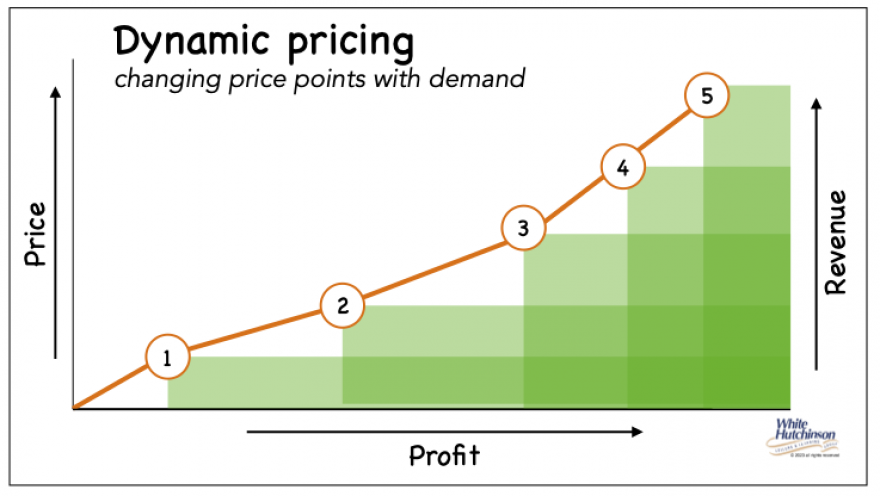
Vol. XXIII, No. 3, March 2023
- Editor's corner
- 2023 forecast for the attractions industry
- Esports isn't living up to its hype
- The weekday daytime leisure economy
- How the young adult market will shift
- Pistachio is a recent flavor trend
- For young adults, owning a VR headset is as rare today as it was in 2018
- Have we returned to pre-pandemic normalcy?
- Long waits reduce revenues and profits
- Store vacancies open opportunities
- Covid-related popularity of pickleball may be faltering
- Why LBE models need to be different today
- Competitive socializing with soccer
- It's all about perceived value, not just price
- Births down not totally bad news
- Announcing Agritourism Today
- Surge pricing comes to bowling
Surge pricing comes to bowling
Bowlero has become the pioneer in the bowling industry, and perhaps in the community location-based entertainment industry, in introducing actual surge pricing, also known as dynamic pricing, based on a recent Wall Street Journal article.
Dynamic pricing seeks to maximize profit by changing prices at peak usage times. Times of peak prices are the same times of peak demand and attendance. If the demand goes up, so does the price, and of course, revenue and profit.

Most bowling centers have had a hybrid of static and dynamic pricing, with up to three fixed prices based on days and time of day, along the lines of weekday daytime, weekday evening, and Friday night and weekend pricing. Up until recently, that was true for movie theaters as well.
However, true dynamic pricing, as its name suggests, is typically more dynamic, constantly adjusting prices based on demand. We usually see dynamic pricing with concerts, flights, and even Uber, with prices frequently changing, sometimes by the minute.
We're now seeing movie theaters adjust the price for anticipated blockbusters. AMC said it is rolling out a new plan that changes prices during peak shows based on seats in different locations in the movie theater, no different than live theater and concerts.
For dynamic pricing to work, you must know the demand based on historical data or use dynamic pricing software. Dynamic-pricing software uses algorithms and data to continuously adjust prices in response to advanced sales, competition, the weather, the time of day-and even the type of device or location people are browsing from. This is something airlines and Uber do.
There are different types of dynamic pricing:
- Time-based pricing - charging more for a movie on Saturday night or an Uber ride at rush hour
- Segmented pricing - prices for different seats at a concert or economy versus business class seats on an airline
- Peak pricing - higher prices during certain months or seasons
Surge or dynamic pricing helps businesses fill excess capacity, reallocate demand and maximize revenue by charging more to the people willing to pay. It also has some benefits for consumers, such as cheaper tickets during times of low demand. Consumers have gotten used to it. It is something every location-based entertainment venue should consider implementing.
Subscribe to monthly Leisure eNewsletter
Vol. XXIII, No. 3, March 2023
- Editor's corner
- 2023 forecast for the attractions industry
- Esports isn't living up to its hype
- The weekday daytime leisure economy
- How the young adult market will shift
- Pistachio is a recent flavor trend
- For young adults, owning a VR headset is as rare today as it was in 2018
- Have we returned to pre-pandemic normalcy?
- Long waits reduce revenues and profits
- Store vacancies open opportunities
- Covid-related popularity of pickleball may be faltering
- Why LBE models need to be different today
- Competitive socializing with soccer
- It's all about perceived value, not just price
- Births down not totally bad news
- Announcing Agritourism Today
- Surge pricing comes to bowling



